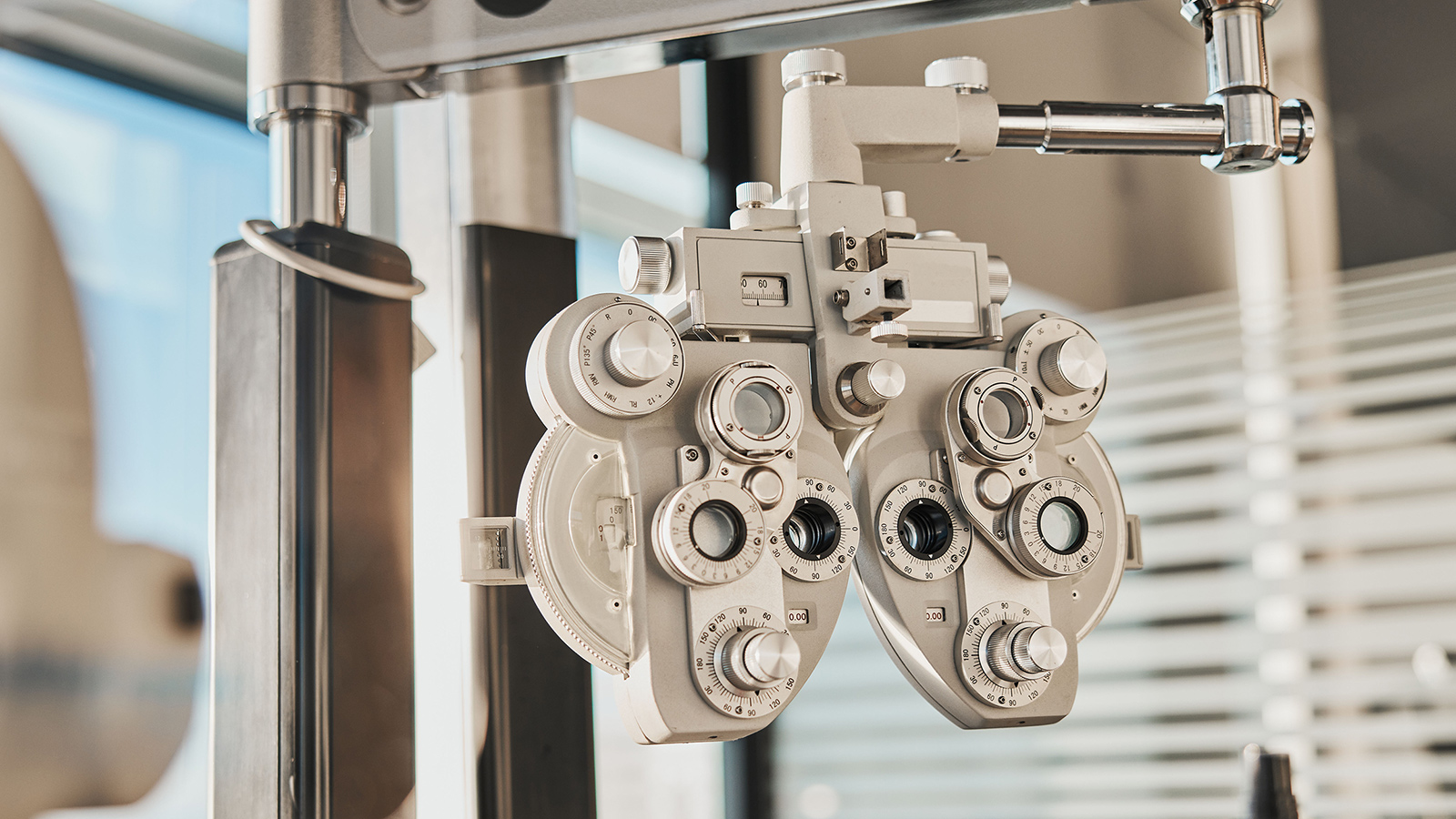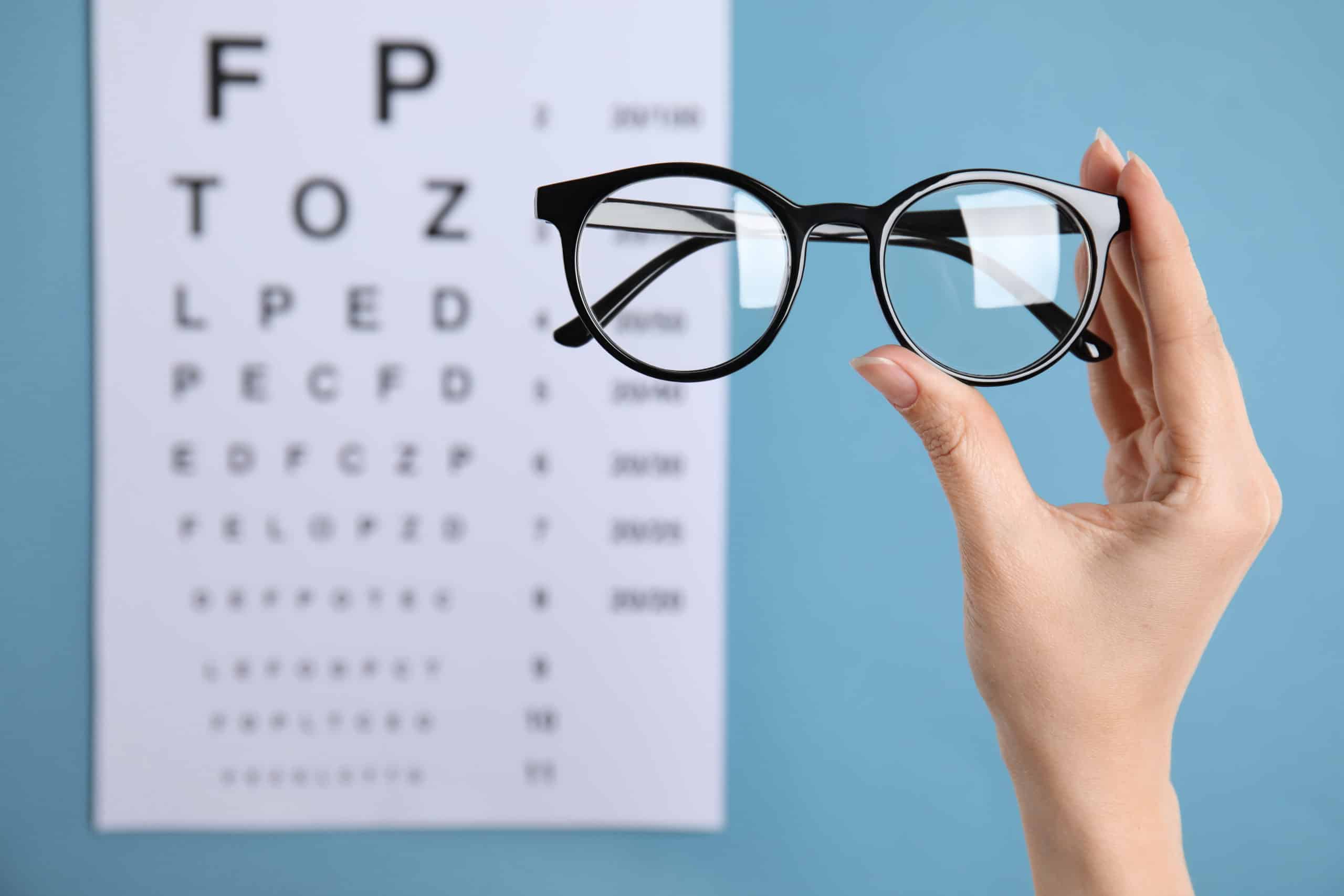What Illnesses Can Be Detected By Looking in the Eyes?
When you go in for an eye exam, what do you expect? You might think that an examination of eye issues stops and ends there. Your eye doctor checks out your vision, adjusts your prescription if necessary, and then sends you on your way, right? Wrong. Eye exams are an important type of health care screening because during the eye examination procedure, your doctor can detect illnesses that go far beyond your eyes. Check out these five common health problems an eye specialist can determine just by examining your eyes.
1. Diabetes
Diabetic retinopathy is a serious eye condition that, left untreated, can lead to blindness. A common sign of undiagnosed diabetic retinopathy is damage to the capillaries that may cause them to bleed or leak a yellowish fluid. When your eye doctor diagnoses this condition, though, you can get treatment that will dramatically reduce your risk of blindness. You can also work to manage your diabetes, to preserve your vision in the future.
2. High Cholesterol
Corneas with a yellowish tint can be a symptom of high cholesterol, as can plaques in the blood vessels.
4. Autoimmune Diseases
High blood pressure can cause the blood vessels in your eyes to kink or tear. It can also weaken or narrow the arteries.
Autoimmune Diseases: Your eye doctor can look for the signs of rheumatoid arthritis and similar illnesses. Dry eyes and inflammation of the irises are two signs that indicate you’re suffering from rheumatoid arthritis. There are other signs indicative of other autoimmune diseases. Graves’ Disease, for instance, can cause the eyes to bulge.
5. Cancer
When it comes to cancer, early detection for early treatment is always the goal. Your eye doctor can detect signs of many different types of cancer during a comprehensive eye exam. For instance, vision changes can sometimes indicate the presence of a brain tumor. Retinal bleeding can be a sign of leukemia, and your eyes can reveal to your doctor that you have skin cancer.





